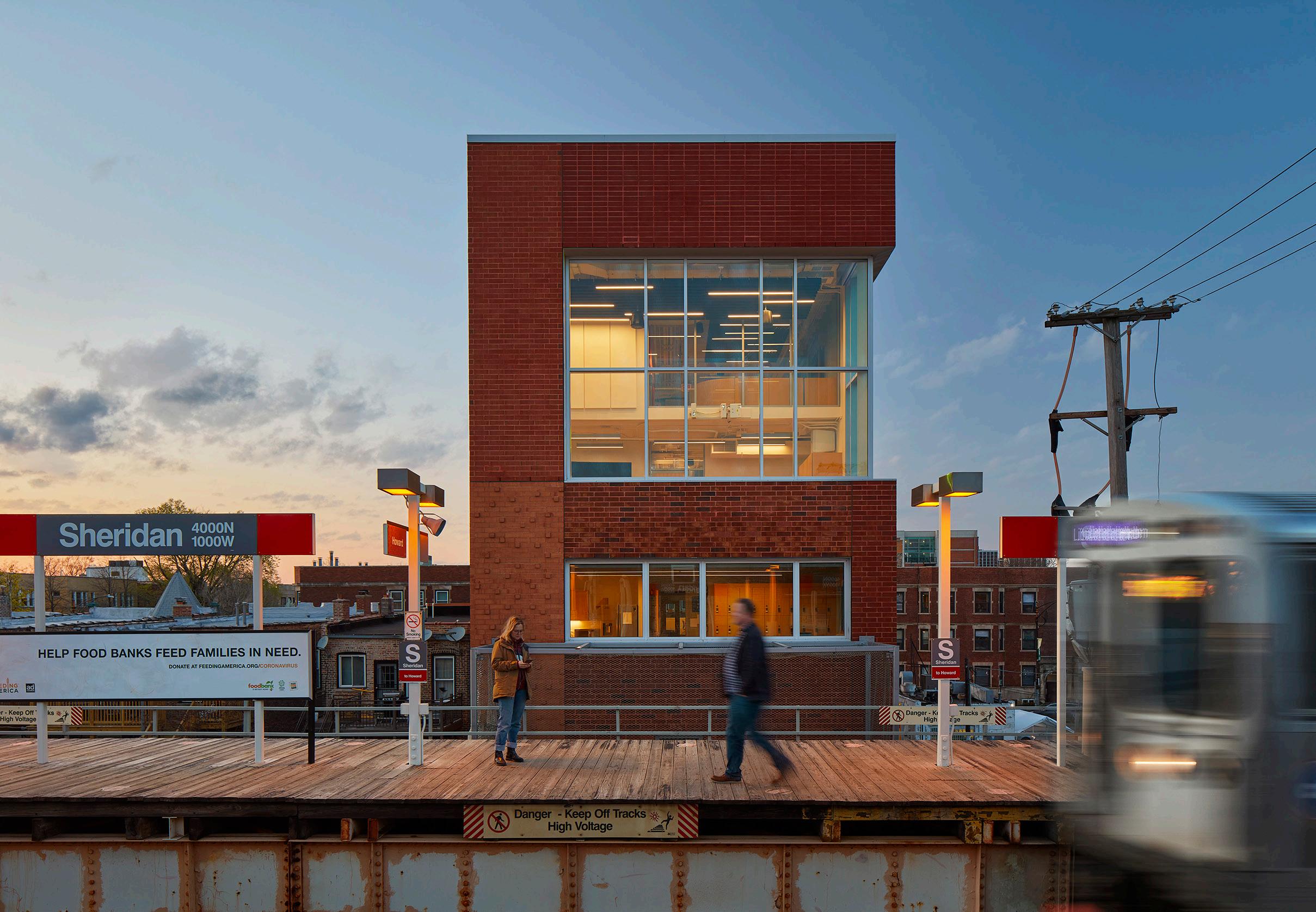
1 minute read
Treat Yourself
Wellness is “the active pursuit of activities, choices, and lifestyles that lead to a state of holistic health,” as defined by the Global Wellness Institute (GWI). The term is one of activity, which differentiates it from an old idea of medical treatment as static, clinical, and reactive; wellness contains the process of seeking well-being. While many aspects—such as mental health, physical activity, and healthy eating—overlap with healthcare, the word “wellness” also encompasses decisions about lifestyle, including tourism, personal beauty, real estate, and workplace improvements.
Concerns about wellness are a key aspect of contemporary culture. Broadly, there is deep interest in fitness and food, and wellness seeps into a wide array of consumer products, from fashion to furniture to technology. The phrase is an important one for millennial interests and aesthetics. It is notable that self-care—“the practice of activities that are necessary to sustain life and health, normally initiated and carried out by the individual”—was added to The Oxford English Dictionary only in 2017.
Wellness is also big business. In 2020, the global wellness economy totaled $4.4 trillion across a variety of sectors, representing about 5.1 percent of economic output worldwide, according to GWI. The figure was down from $4.9 trillion in 2019, owing to the pandemic, but GWI anticipates significant growth, with spending expected to reach $7.7 trillion by 2025.
Many architecture projects are now led with wellness in mind. Homes are designed to be oases of comfort that offer a respite from the trials of the outside world; hotels and resorts are organized to provide a variety of activities, alternately calm-inducing and strenuous; workplaces prioritize employee enjoyment to both retain talent and maintain productivity; and proper healthcare facilities in a range of scales are built with hospitality in mind.
In this Focus section, AN ’s case studies focus on facilities that serve a diversity of publics. Four projects by three architecture offices showcase the skill that goes into the sequencing and materializing of work that establishes an environment of serenity. In rural Wisconsin, Salmela Architect expands a restaurant he designed decades ago into a retreat center overlooking Lake Superior. In New York, Alda Ly Architecture realizes two new locations for Tia, a healthcare company for women. In Chicago, Wheeler Kearns designs the first ground-up location for Howard Brown Health, an organization that cares for LGBTQ youth. Also: On the following pages, see product suggestions for furnishings, lighting, surfaces and textiles, acoustics, and air-purifying systems that help establish a place of vital refuge. JM















